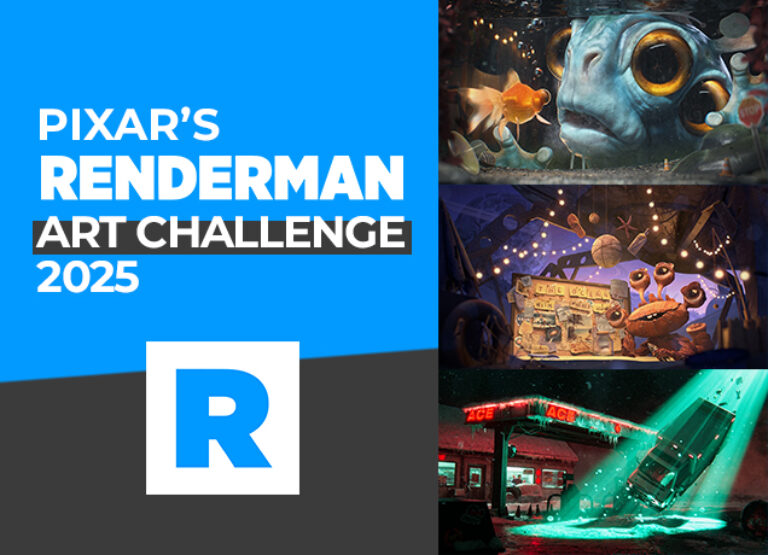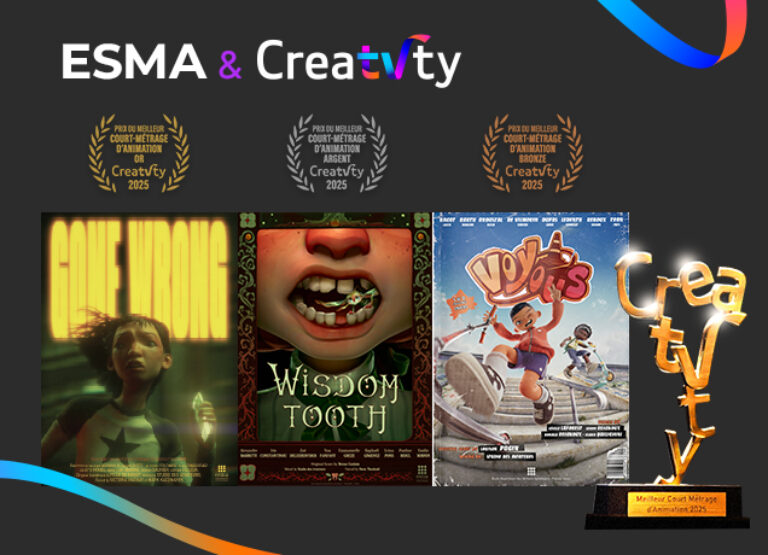
- Published 04.07.2025
- type Thematic news items
- Training Video Game
Summarize with:
The video games industry, one of the major cultural sectors of the 21st century, owes its development and influence to visionary creators who have pushed back the boundaries of the medium. These game designers have not only created outstanding works, but have also revolutionised the way we interact with digital entertainment. Let's explore the exceptional careers of the ten most influential designers in the history of video games, and look at the paths that lead to this profession.
What is a video game designer?
Before delving into the portraits of these exceptional creators, it is essential to understand what a game designer really is.
The game designer is responsible for creating the gameplay (game experience). They design the worlds, actions and behaviours of the game and the player.
They are multi-skilled professionals, at the centre of artistic creation and technical innovation. They are responsible for developing the initial concept, building the universe, developing the characters and designing the game mechanics.
The game designer must maintain a balance between creative vision and technical feasibility. They work closely with a multi-disciplinary team, including developers, artists and programmers, to transform their ideas into concrete interactive experiences.
They are also responsible for budget management, planning and project management. This central position makes him the conductor of the development orchestra, guiding every aspect of the project in a coherent way.
Depending on the production specifications, the Game Designer will define a “ game concept ” and then draft a “game design document“.
Game design is the art of conceiving a video game by defining its mechanics, rules, level design and progression system in order to offer an engaging and balanced experience.
It takes into account theUX (User Experience), which aims to make the game fluid and intuitive by ensuring good ergonomics, clarity of objectives and appropriate feedback, as well as theUI (User Interface), which concerns the design of menus, the HUD and visual elements that facilitate interaction with the game.
Good game design integrates these aspects coherently, right from the start, to guarantee optimum immersion and avoid frustration for the player.
The key elements of game design :
- Game mechanics: fundamental rules and interactions
- Progression systems: player development through levels, skills, rewards, etc
- Level design: The construction of environments and challenges
- Balancing: Adjusting the strengths and weaknesses of characters, enemies and objects
- Interactive narrative: The story and how it fits in with the gameplay
- Immersion and commitment: What keeps the player playing?
Shigeru Miyamoto: The founding father
Widely regarded as the most influential creator in the history of video games, Shigeru Miyamoto embodies the excellence of Japanese game design.
Origins
Born on 16 November 1952 in Sonobe, Japan, Shigeru Miyamoto grew up in an environment that strongly influenced his creativity. His childhood spent exploring the surrounding caves and forests directly inspired many of his future creations.
Education and training
Miyamoto followed an art-oriented academic path, studying industrial design at the Kanazawa Institute of Art, where he graduated in 1975. This training shaped his unique vision of game design.
Professional career
He joined Nintendo in 1977 as a designer, quickly becoming one of the company’s most influential game creators. He was named their “ ultimate hero ” by 30% of game developers in a Develop magazine poll. He received a special award at the BAFTA Games Awards on 19 March 2010. He remains Nintendo’s Chief Creative Officer, and his influence continues to shape the industry.
His greatest successes in the video games industry
Miyamoto is the creator of such iconic franchises as Super Mario, The Legend of Zelda, Donkey Kong, Star Fox, F-Zero and Pikmin. His games have revolutionised the industry and established many conventions of modern game design. He has also been awarded a Princess of Asturias Prize in Communications and Humanities.
His unique approach blends technical innovation with universal accessibility, and has won him numerous awards, including a special prize at the BAFTA Games Awards.
For more information: https: //fr.wikipedia.org/wiki/Shigeru_Miyamoto
https://www.senscritique.com/liste/shigeru_miyamoto_ludographie/2688463

Hideo Kojima: The narrative visionary
Despite studying economics, his passion for storytelling led him to Konami in 1986. Creator of the Metal Gear series, he revolutionized the infiltration game genre while developing a unique narrative approach.
Origins
Born on August 24, 1963 in Tokyo, Hideo Kojima developed a passion for cinema and storytelling at a very early age, influences that would profoundly mark his creative style.
School career and training
He studied economics at the University of Tokyo, an atypical course for a game designer which nevertheless gave him a different view of the industry.
Professional career
Kojima joined Konami in 1986, where he worked for almost 30 years before founding his own studio, Kojima Productions, in 2015. He was promoted to vice-president of Konami Digital Entertainment on April 1, 2011.
His greatest successes in the video game industry
He is best known for creating the Metal Gear series, a pioneer of the stealth genre. Kojima is also the creator of Zone of the Enders and, more recently, Death Stranding.
Through his works, Kojima has predicted certain issues of the modern world, ranging from sociological and political to scientific. Metal Gear Solid 2: Sons of Liberty, released on November 13, 2001, addressed ideas and concepts that have become culturally significant in the 2010s. As of September 1, 2015, Metal Gear Solid V: The Phantom Pain, the Wolbachia bacterium is used to stop the reproduction of the “vocal cord parasite”.
Find out more : https://fr.wikipedia.org/wiki/Hideo_Kojima
https://www.senscritique.com/liste/createur_hideo_kojima/211893
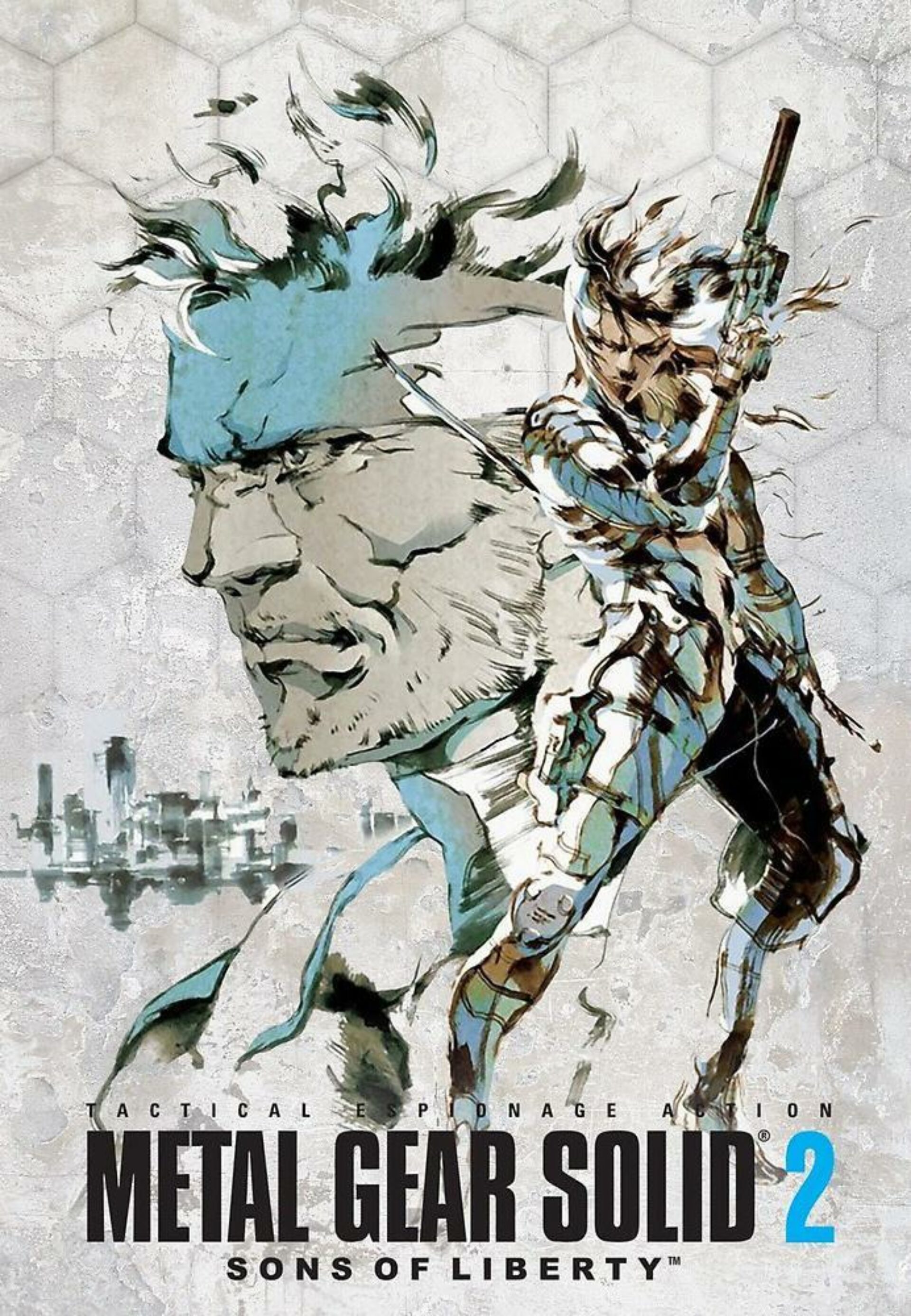
Hidetaka Miyazaki : The master of difficulty
Origins
Born in 1974 in Shizuoka, Japan, Hidetaka Miyazaki came from humble beginnings. His atypical career, which began relatively late in the video game industry, proves that it’s never too late to pursue your passion.
Education and training
With a degree in social sciences fromKeiōUniversity, Miyazaki was not initially destined for the video game industry. However, this training gave him a unique perspective on the narrative and construction of virtual worlds.
Professional career
Joining FromSoftware in 2004 marked the beginning of a meteoric rise. His unique vision and talent propelled him to the presidency of the company in 2014, transforming a relatively unknown studio into one of the most respected in the industry.
His greatest successes in the video games industry
He is the creator of the Soulsseries , which includes Demon’s Souls, Dark Souls and Bloodborne. These games are renowned for their high difficulty and unique environmental storytelling. Miyazaki won the Lifetime Achievement Award at the Golden Joystick Awards 2018. Elden Ring had its “ global myth ” written by George RR Martin.
To find out more: https: //fr.wikipedia.org/wiki/Hidetaka_Miyazaki
https://www.culture-games.com/personnalites/hidetaka-miyazaki
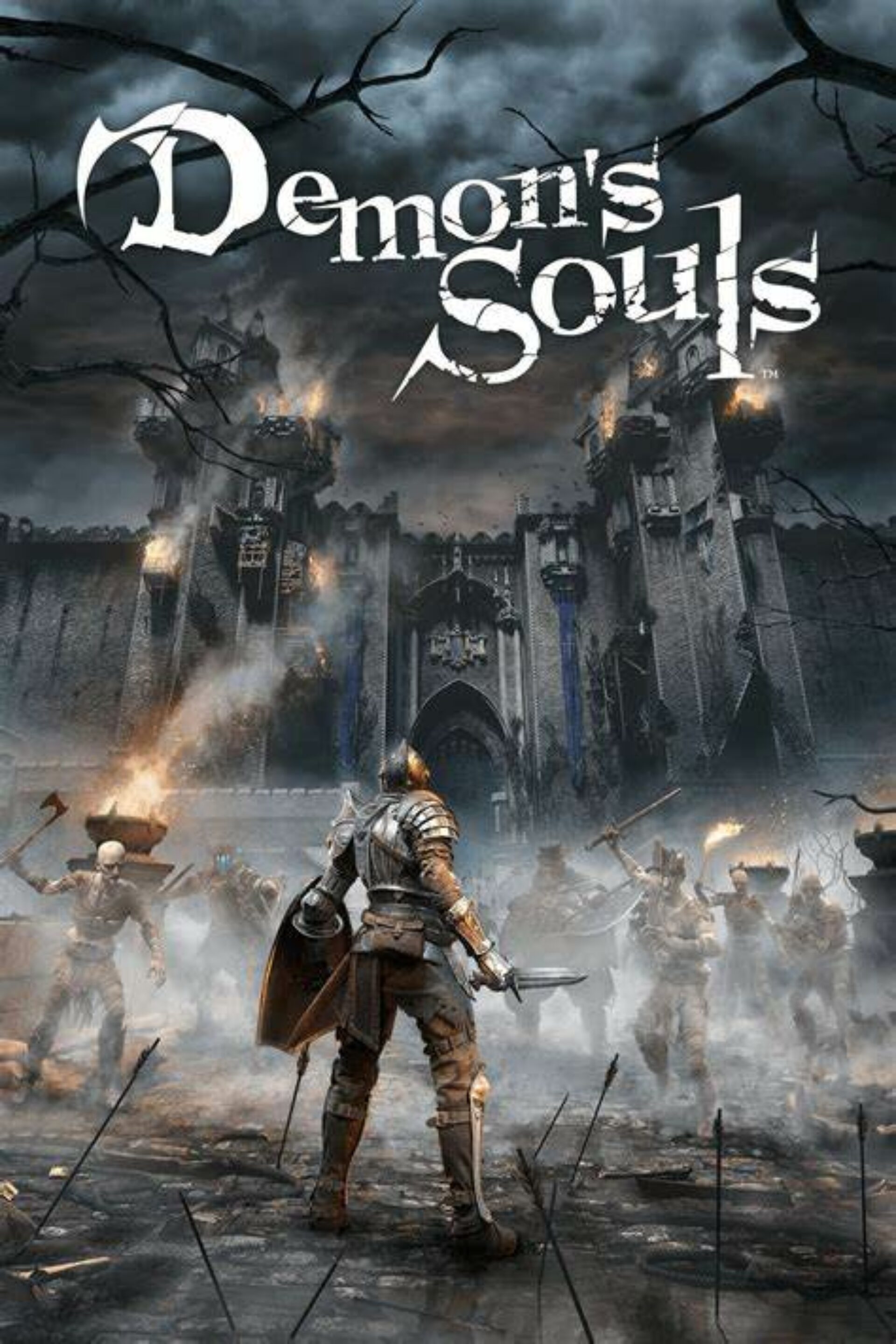
Hironobu Sakaguchi: The father of the modern RPG
Origins
Born on November 25, 1962 in Hitachi, Japan, Sakaguchi grew up during the emergence of the Japanese video game industry, a period that profoundly influenced his creative vision.
Education and training
His studies in electrical engineering at Yokohama National University gave him a solid technical foundation, essential for understanding the constraints and possibilities of the video game medium.
Professional career
He joined Square (now Square Enix) in 1983, where he developed the Final Fantasy series before founding Mistwalker Corporation in 2004. His career illustrates the evolution of the Japanese video game industry.
His greatest successes in the video game industry
Sakaguchi is the father of the Final Fantasy series, a franchise that has redefined the Japanese RPG genre. His games are recognized for their epic stories, memorable characters and continuous technical innovations.
To find out more : https://fr.wikipedia.org/wiki/Hironobu_Sakaguchi
https://www.senscritique.com/liste/createur_hironobu_sakaguchi/234806

Michel Ancel: The French artist
An emblematic figure of the French video game industry, Michel Ancel embodies European creativity in the industry. A self-taught man recruited by Ubisoft at the age of 17, he created memorable franchises such as Rayman and Beyond Good & Evil, characterized by their universality and artistic originality.
Origins
Born on March 29, 1972 in Monaco, Michel Ancel is one of the most important figures in French video games.
School career and training
A passionate autodidact, he learned his trade on the job, proving that passion and creativity can sometimes supplant traditional training.
Professional career
Recruited by Ubisoft at the age of just 17, he spent more than three decades there before his retirement in 2020. His career illustrates the possibility of developing innovative games within a large organization.
His greatest successes in the video game industry
Creator of the Rayman series and Beyond Good & Evil, Ancel is renowned for his boundless creativity and unique artistic style. His games are distinguished by their universality and their ability to reach all audiences.
Find out more : https://fr.wikipedia.org/wiki/Michel_Ancel
https://www.senscritique.com/liste/createur_michel_ancel/209804
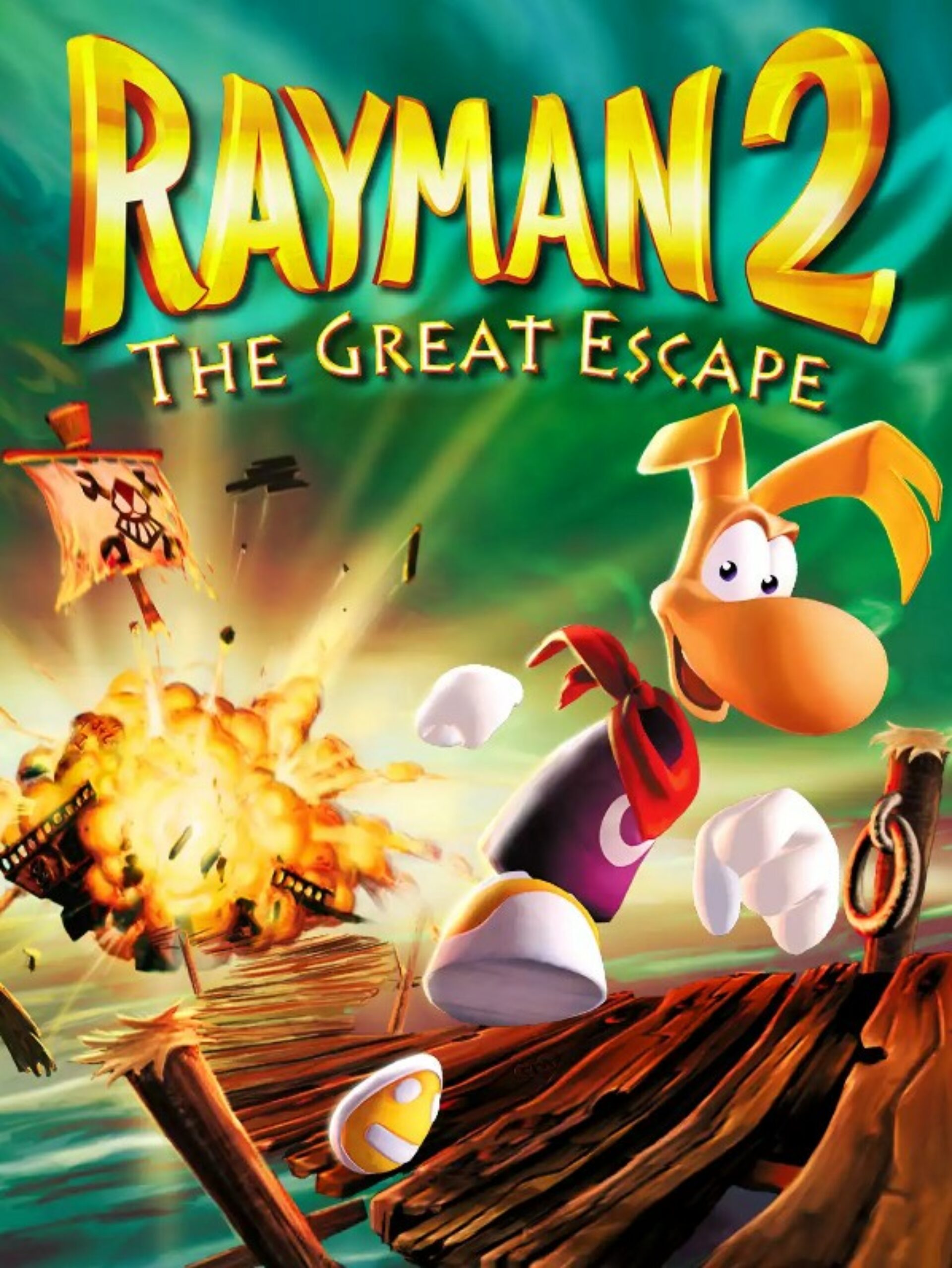
Jenova Chen: The emotional innovator
Origins
Born in Shanghai, China, in 1981, Jenova Chen represents a new generation of designers who see video games as an artistic medium in their own right.
Education and training
His master’s degree in interactive design from USC (University of Southern California) enabled him to develop a unique approach to game design, focusing on emotion and user experience.
Professional career
Co-founder of thatgamecompany in 2006, Chen has chosen to remain independent to preserve his creative freedom and pursue his unique artistic vision.
His greatest successes in the video games industry
His creations Flow, Flower and Journey have redefined what a video game can be. These works are famous for their minimalist approach, their visual beauty and their ability to create deep emotional experiences.
To find out more: https: //fr.wikipedia.org/wiki/Jenova_Chen

Yoko Taro : The eccentric philosopher
Origins
Born on 6 June 1970 in Nagoya, Japan, Yoko Taro is known for his unconventional approach to game design and his unique personality.
Education and training
His studies at Osaka University of the Arts nurtured his singular artistic vision and unique narrative approach.
Professional career
Having worked for a variety of companies including Square Enix and Cavia, Taro has always maintained his creative independence, which has enabled him to develop deeply original games.
His greatest successes in the video games industry
Creator of the Drakengard and NieRseries , his games are renowned for their complex narratives, deep philosophical themes and ability to subvert the conventions of the medium.
To find out more: https: //fr.wikipedia.org/wiki/Yoko_Taro
https://www.senscritique.com/liste/yoko_taro_le_dramaturge_psychopathe_timide/1142766
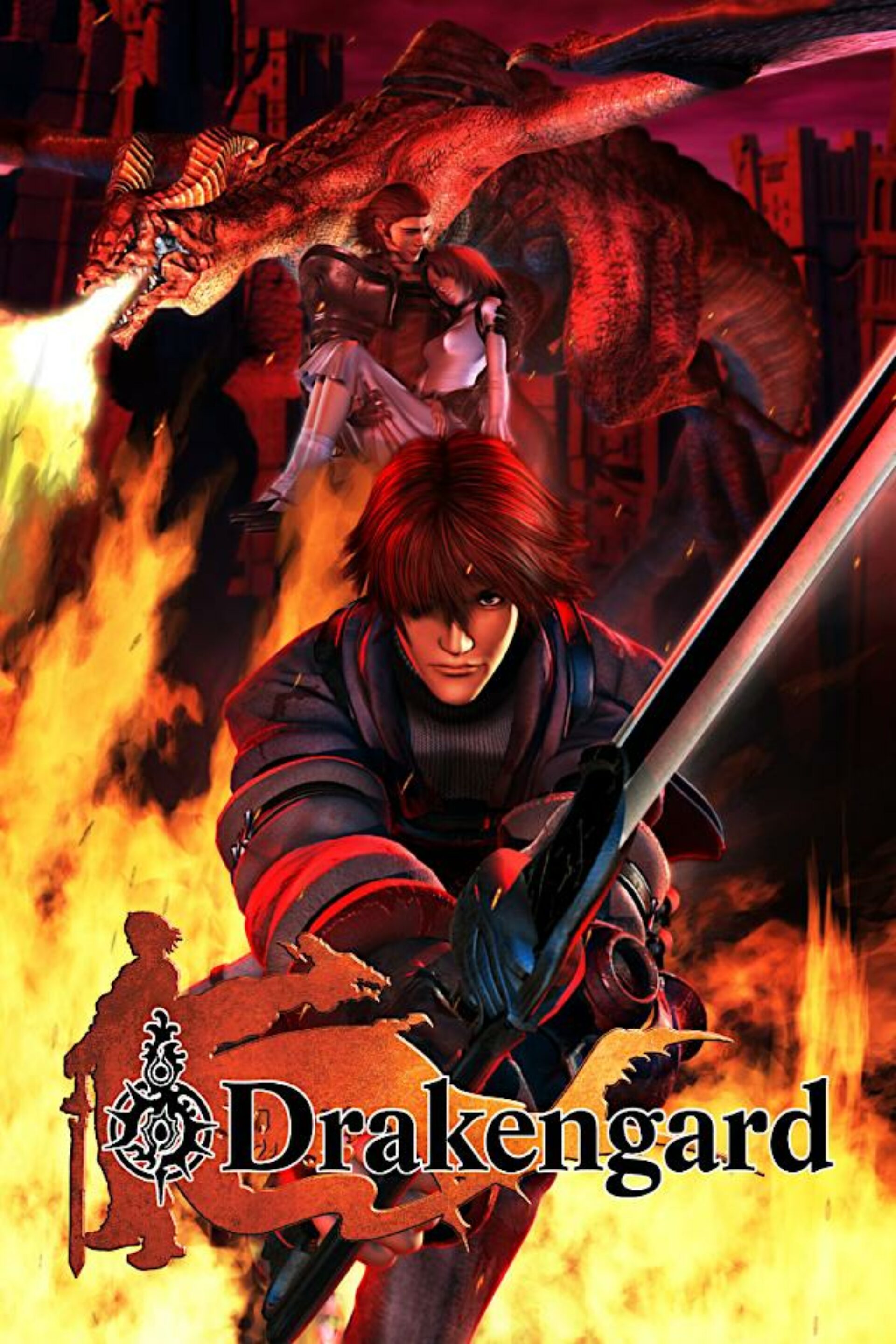
Shinji Mikami: The master of horror
Origins
Born on August 11, 1965 in Yamaguchi, Japan, Mikami has become one of the masters of the survival horror genre.
School career and training
His studies in merchandising at Doshisha University gave him a unique understanding of the entertainment market.
Professional career
After joining Capcom in 1990, he later founded Tango Gameworks, demonstrating his ability to innovate both in large organizations and in his own studio.
His greatest successes in the video game industry
As the creator of the Resident Evil series, he defined the codes of modern survival horror. His other creations, such as Dino Crisis and The Evil Within, continued to push the boundaries of the genre.
For more information : https://fr.wikipedia.org/wiki/Shinji_Mikami
https://www.senscritique.com/liste/createur_shinji_mikami/225181

Eric Chahi: The French pioneer
Origins
Born on October 21, 1967 in Yerres, France, Eric Chahi represents the pioneering spirit of the early days of the French video game industry.
School career and training
A passionate autodidact, he began programming as a teenager, developing a unique approach to game development.
Professional career
His freelance career and his collaborations with various companies have allowed him to maintain total creative freedom in his projects.
His greatest successes in the video game industry
Creator of Another World and Heart of Darkness, his games are famous for their cinematic storytelling and innovative art direction.
He is also a pioneer in game design for virtual reality (VR) with “Paper Beast”, a adventure game played in first person developed by Pixel Reef.
[Editor’s note] Paper Beast is a VR game experience that should be studied in greater depth, as it perfectly integrates the codes to be respected in the development of VR games (spatialization of sound, interaction, immersivity, game cycles, narration, movement, etc.).
Find out more : https://fr.wikipedia.org/wiki/%C3%89ric_Chahi
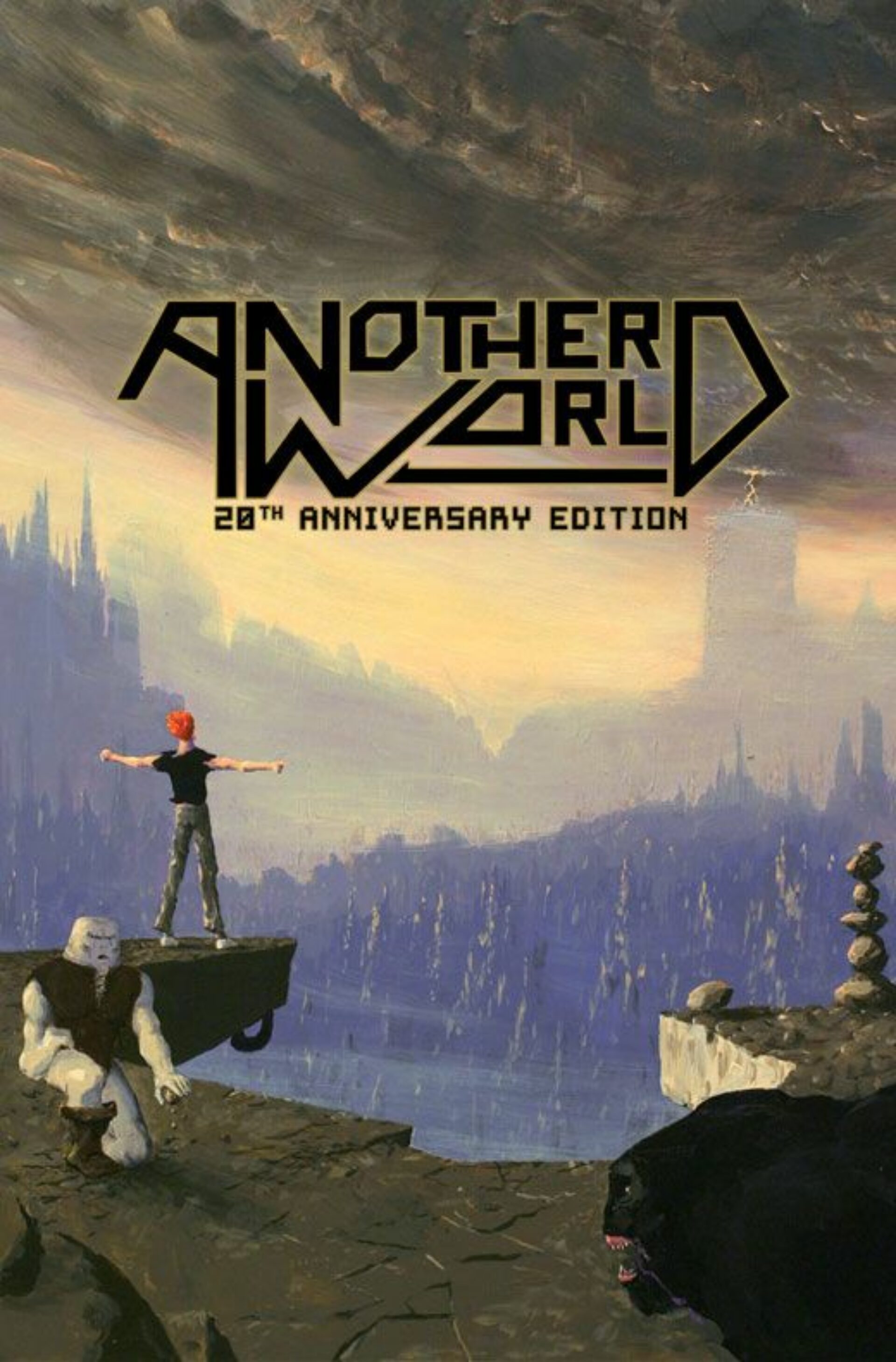
Fumito Ueda: The minimalist
Origins
Born on April 19, 1970 in Tatsuno, Japan, Ueda has distinguished himself through his minimalist approach to game design.
School career and training
His studies at the Osaka University of Arts shaped his unique artistic vision and approach to design. Among other tools, Ueda owned several Commodore Amiga computers (A500, A1200, A4000), which is unusual in Japan.
Professional career
After working for Sony Interactive Entertainment, he founded genDESIGN, pursuing his distinctive artistic vision.
His greatest successes in the video game industry
He is the creator of Ico, Shadow of the Colossus and The Last Guardian. His games are famous for their minimalism, unique aesthetic and environmental storytelling.
He has developed a rigorous working method, called “design by subtracting”.
Find out more : https://fr.wikipedia.org/wiki/Fumito_Ueda
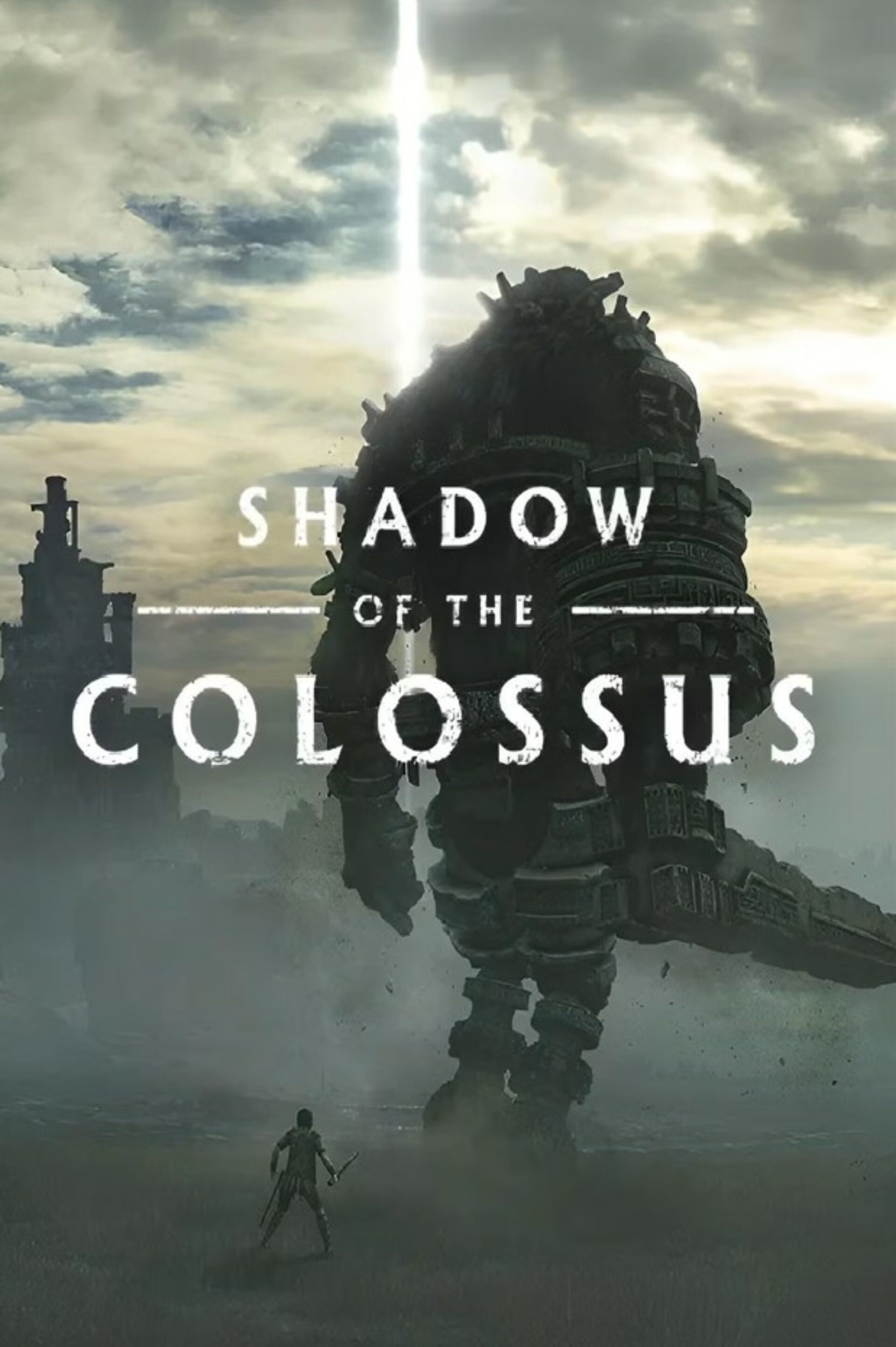
Who is the most famous creator in the history of video games?
Shigeru Miyamoto is widely recognized as the most influential creator in the history of video games. He is the co-creator for Nintendo of numerous franchises including Super Mario.
His ability to create a game that appeals to all audiences, combined with his innovative vision of design, has had a profound impact on the industry.
His creations have not only defined entire genres, but have also laid the foundations for modern game design.
His colleagues are no less innovative and original, with inspiring careers, and continue to contribute to the creation of video games, thus paying tribute to this 10th art form.
How do you become a video game creator/designer?
The path to becoming a video game creator combines academic training and practical experience. Here are some essential steps:
Academic training
- Follow specialized courses (DUT, professional degree, master’s degree, etc.)
- Train in current development tools
- Acquire a solid foundation in programming and design
Develop technical skills
- Master game engines (Unity, Unreal Engine, Godot, etc.)
- Learn essential programming languages
- Understand the principles of interactive design
Practical experience
- Participate in “game jams”
- Develop personal games
- Create a solid portfolio
Networking and monitoring
- Activate a monitoring service on industry news and creators
- Participate in professional events
- Build a network of contacts
Internships and first experience
- Undertake internships in companies
- Work on collaborative projects
- Adapt to current or future professional production methods.
Passion and creativity are essential, but must be supported by a solid technical training and a thorough understanding of the industry.
The creators presented in this article have not only shaped the history of video games, but continue to influence their evolution. Their varied backgrounds demonstrate that there is no single path to success in the video game industry. Passion, creativity and perseverance, supported by a solid technical background and a thorough understanding of the medium, remain the keys to success in this constantly evolving field.
The profession of game designer, at the crossroads of art and technology, continues to attract new talent that will help define the future of interactive entertainment. The successes of these pioneers remind us that video games are a young medium, in the sense that the creative possibilities are far from being exhausted.
To find out more about the profession of video game designer, you can enrol in a video game school.
